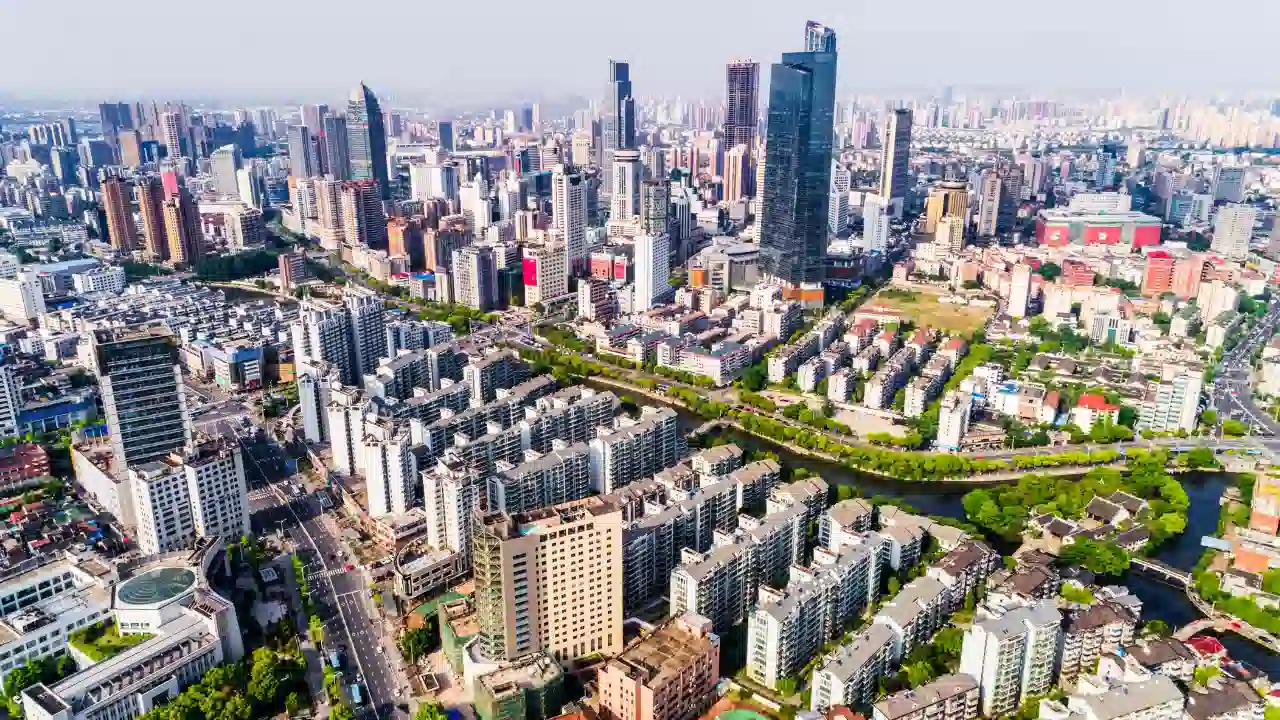How do we create spaces that endure and benefit future generations in a city like Mumbai when buildings are renovated every 30 years? The answer is straightforward: sustainable design. Architects think buildings may last longer and require less frequent renovations by incorporating systems like solar energy, wind power, and mechanical ventilation.
Table of Contents
Redevelopment in India: A Dilemma
Older structures in urban areas are constantly being renovated as they become weaker, particularly in rapidly expanding cities like Mumbai. But many structures today are just around 30 years old before they are judged unfit for human habitation and are replaced. One important question this tendency brings up is how we might build homes that will endure and be significant assets for the next fifty to sixty years.
When talking about the future of urban places, architects like Aparna Kaushik think this is the discussion we need to have. At the India Build ID 2025 event, she asked, "How do we design homes that can stand the test of generations today?" Short-term designs should give way to sustainable, long-lasting constructions that need little renovation.
How Sustainability Increases the Lifespan of Buildings to Create Timeless Design
There has never been a greater need for longer-lasting buildings as cities expand and change. In order to make structures resilient and adaptive for future generations, sustainable design is essential to extending their lifespan. Here are some ways architects are making sure structures endure.
Durability and Sustainability: Fundamental Principles for Architects
Although changing lifestyles, technical advancements, and environmental concerns have shortened material lifecycles, architect Sonali Bhagwati believes that buildings should be constructed to last 50–60 years. Because of this, a lot of structures are renovated after only 30 years. Because of safety and structural issues, older buildings are frequently rebuilt, according to Tariq Ahmed, CEO of West Prestige Group.
Using Sustainable Design to Increase Lifespan
Redevelopment can be postponed with the aid of sustainable design. To extend the lifespan of buildings, architect Ninad Pardeshi stresses the use of robust materials and energy-efficient technology. As an example of how sustainability increases longevity, Sonali Bhagwati's work on the Adobe Systems building gained LEED certification by implementing eco-friendly methods.
Essential Elements of Eco-Friendly Design
Architects advise concentrating on the following essential elements to build real estate that lasts for a longer period:
Durable Materials: Improving a building's longevity requires the use of long-lasting, low-maintenance materials. In addition to being aesthetically pleasing, natural materials like terracotta can withstand environmental stressors.
Energy-Efficient Systems: Adding solar, wind and mechanical ventilation systems can ease the burden on building infrastructure. Reducing the frequency of upgrades and replacements depends on these systems.
Flexible and Modular Designs: Structures with modular components and adaptable design can readily accommodate their occupants' evolving needs. Future renovations will be easier with open floor plans since they eliminate the need for dividers and let spaces change as needs change.
Multi-Functional Spaces: By creating rooms with several uses and utilizing furniture that can be adjusted, you may reduce the need for major redesigns and make sure the space will continue to provide value over time.
Timeless Design's Future
With trends always changing, classic design that emphasizes sustainability, adaptability, and durability makes sure that buildings survive longer and require less renovation. Adopting sustainable design principles is crucial as the new residential projects draw near to producing houses and buildings that last for many generations.
Architects are influencing the long-lasting future of buildings by emphasizing sustainability.

